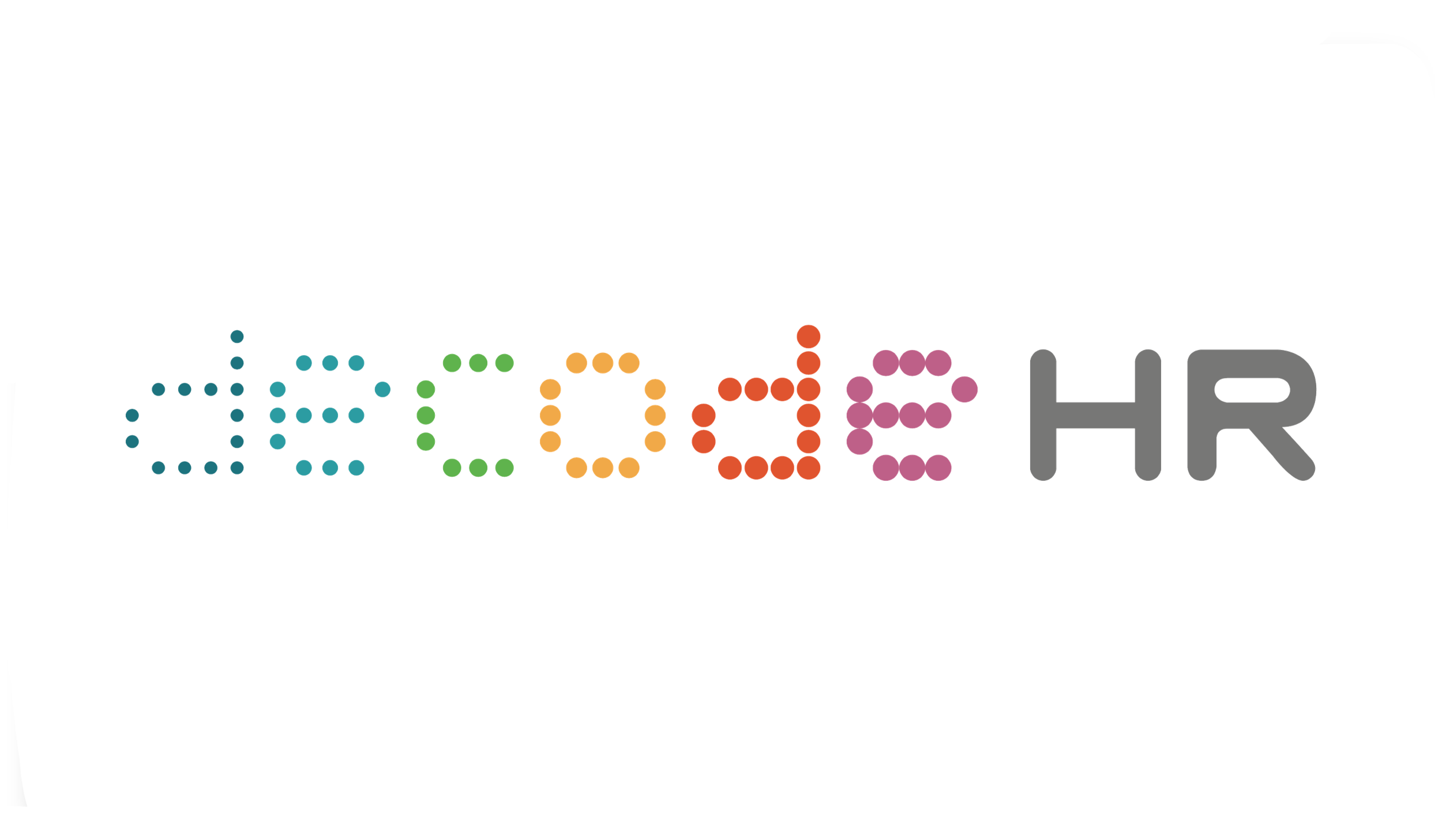Navigating the Ethical Tightrope of AI in Performance Management
Reading time: 7 mins
AI can help sharpen performance reviews, shorten feedback loops and reveal blind spots in an organisation. However, if deployed without guardrails, these tools can amplify bias, invade privacy and erode trust. Therefore, it’s best to use AI to support judgements, not replace them.
Where AI Helps in HR
AI can summarise goals, compare outcomes with expectations, spot skill gaps and suggest coaching opportunities across large teams. People are more open to these tools when leaders explain how they work and keep them in the loop about potential risks and how to mitigate them.
Recent snapshots across the Asia Pacific show employees adopting AI while asking for clear guidance and accountability, as reflected in the Microsoft and LinkedIn Work Trend Index for Asia Pacific and the Singapore cut of the same report.
Build trust, fairness, explainability, data quality, and worker voice into AI design before scaling AI implementation. A KPMG Singapore study uncovered strong interest in AI and a clear need for responsible use.
Core Ethical Challenges HR Must Manage
When you bring AI into performance reviews, consider the risks early and apply them as design constraints.
Discrimination and Bias
Show — don’t just say — that your AI treats people fairly — test AI results across different groups (such as gender, age, ethnicity). If you spot gaps, take a pause, fix and record what you changed.
The Model AI Governance Framework in Singapore gives practical, non-binding guidance for organisations to deploy AI responsibly (e.g., transparency, fairness, human oversight). On the other hand, A.I. Verify is a voluntary testing framework and software toolkit that runs technical and process checks to validate and document an AI system’s claims and risks.
Privacy and Data Security
Only collect data you genuinely need. Tell employees, in plain language, how you use it and how long you keep it. Protect the data, delete it when you no longer need it and report serious breaches quickly. Make a named Data Protection Officer responsible for managing this.
Singapore’s PDPC Advisory Guidelines on the Use of Personal Data in AI Recommendation and Decision Systems explain how the Personal Data Protection Act (PDPA) applies when organisations develop, deploy or procure AI systems that use personal data for recommendations or decisions, and set baseline transparency, notification and accountability practices.
Job Security and Deskilling
AI that looks like a verdict machine kills engagement, so frame it as a decision aid. Require managers to meet with employees, examine the context and own the final call.
In any employee communication regarding AI, emphasise that AI is a tool to aid human capabilities and to provide opportunities for employees to develop new skills in the age of automation. This approach can help alleviate fears about job displacement and create a more positive attitude around AI adoption.
Dehumanisation and Overreliance
Dashboards can’t show the full picture — especially regarding mentoring moments or hidden roadblocks. It's crucial to remember that employees crave purpose and meaning in their work — many leave their jobs because they feel undervalued and unappreciated. This highlights the importance of creating a sense of genuine connection and human value.
Overreliance on AI in performance management can lead to a dehumanising and less meaningful experience, where employees feel like mere data points rather than valued contributors. By prioritising human interaction and recognising individual contributions, you can mitigate this risk and foster a more engaged and motivated workforce.
Prioritise regular check-ins and thoughtful narrative feedback, then use AI prompts to spark meaningful conversations.
Accountability and Transparency
Write a short, one-page explainer that says exactly what data the system uses. Give a simple description of how it turns that data into scores and teach employees how to ask questions or challenge a score.
When a manager changes or ignores an AI suggestion, record the change with a brief reason. Regularly review both the explainer and the override log to make sure they follow the PDPC AI advisory guidance.
Shaping Strategy Around Laws and Policy
If you plan to use AI in performance management, be sure to build your programme on clear legal obligations and policy frameworks – use regional guidance to create a high standard that scales across markets.
The MAS Information Paper on AI Model Risk Management outlines practical ways to govern, test and document AI in finance. HR teams can apply the same discipline to people analytics by defining use cases, checking for errors and bias, keeping audit trails, and assigning owners, so that decisions remain fair and transparent.
Beyond Singapore, there are helpful signposts across APAC as well. For instance, Australia’s AI Ethics Principles offer a voluntary baseline; Hong Kong’s PCPD Guidance on Ethical AI provides general good practice that you can align with to keep controls consistent across markets.
Safeguards for a Fair Future
Digitalisation is inevitable – companies are moving fast to stay ahead. As AI becomes more deeply embedded in performance reviews, it offers the potential to bring structure, speed, and fresh insights. Yet without thoughtful safeguards, these same systems can undermine fairness, compromise privacy, and erode trust.
Striking the right balance requires transparency, ethical design, and human oversight. Done well, AI can strengthen – not replace – human judgement, paving the way for a more equitable and trusted future of work.
This article is written by Eleanor Hecks, an HR and hiring writer, who currently serves as Editor-in-Chief at Designerly Magazine, where she specialises in small business news and insights.
Look out for Part 2 of this article.
To find out more about navigating AI in HR, reach out to us today.
More on AI and its impact on today's workforce:
Implementing AI in HR: What’s Stopping You?
Ethical Use Of AI In Hiring
How Artificial Intelligence Is Boosting the Talent Acquisition Process









